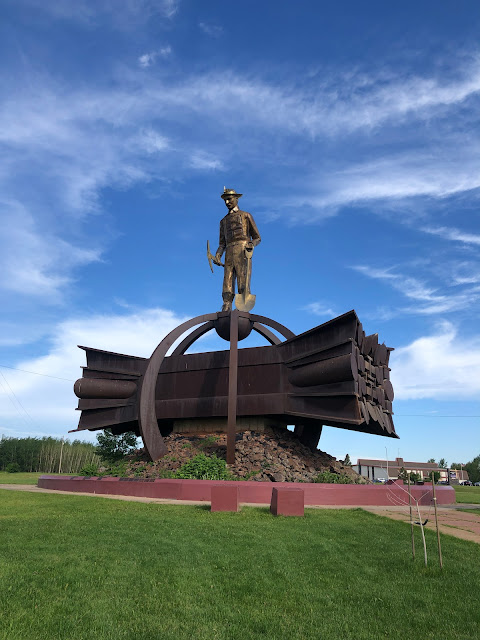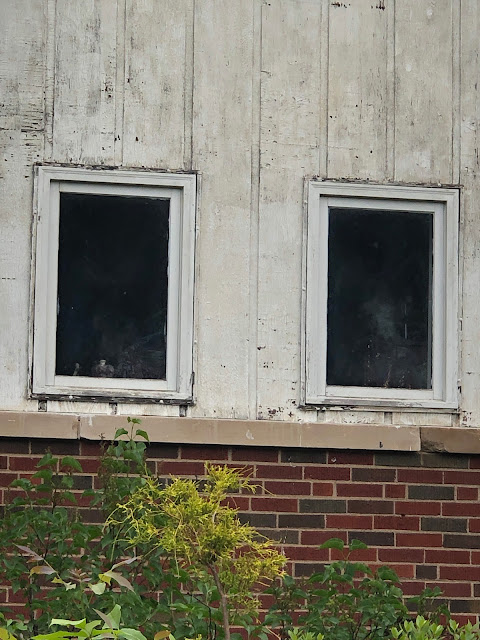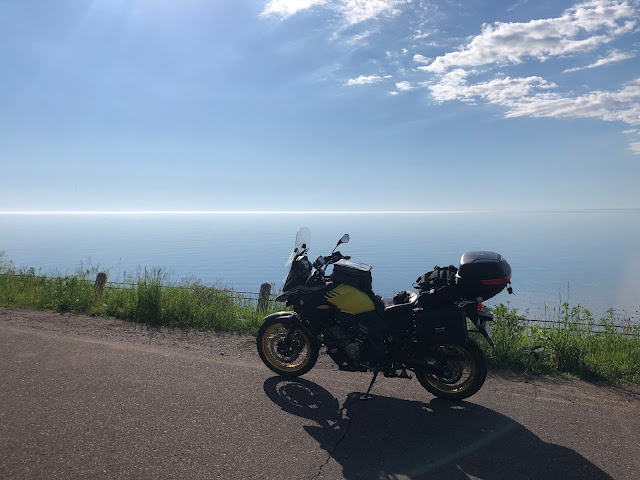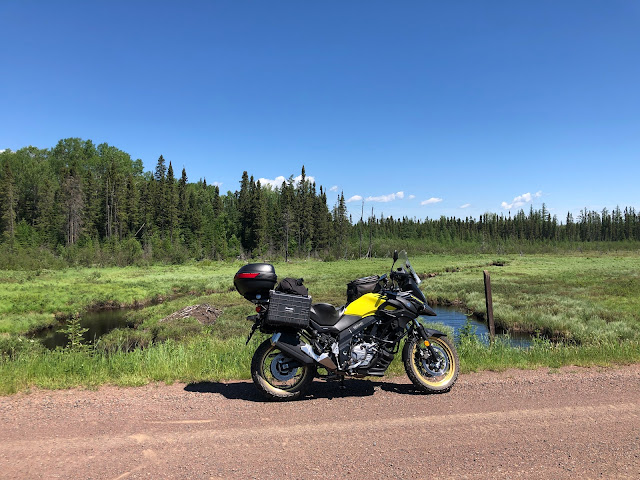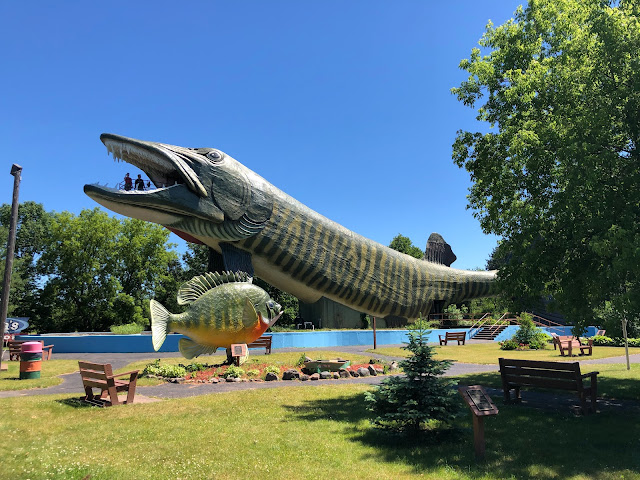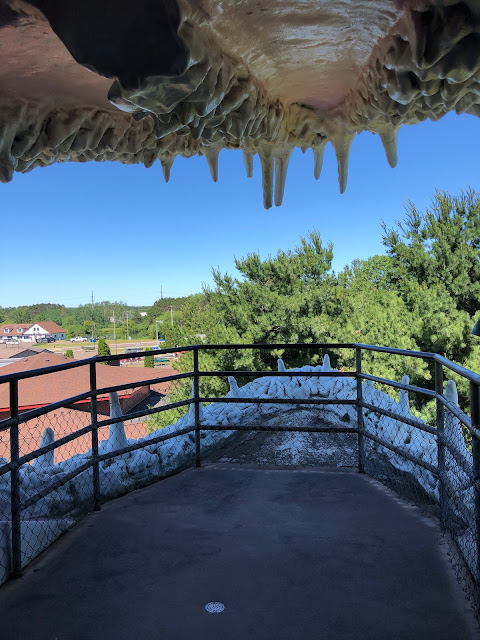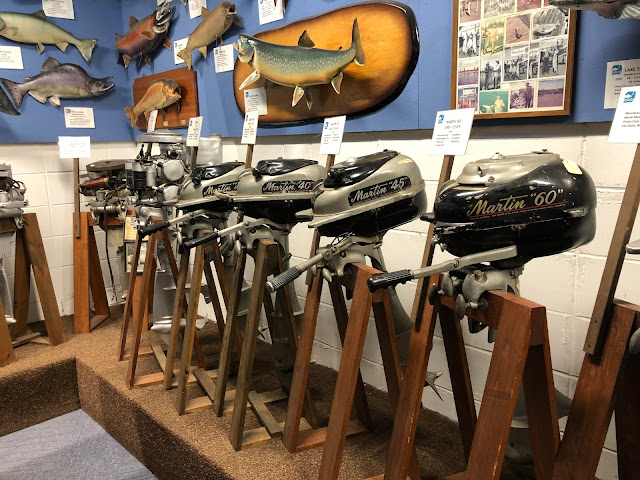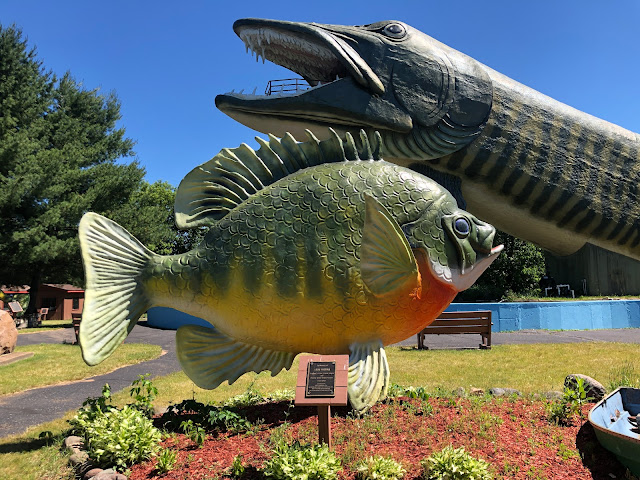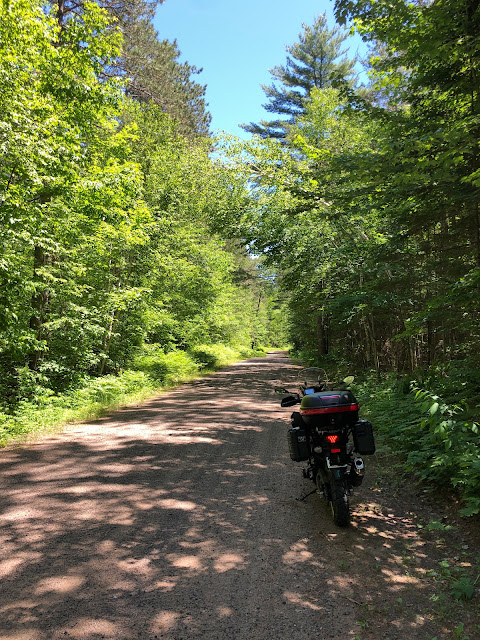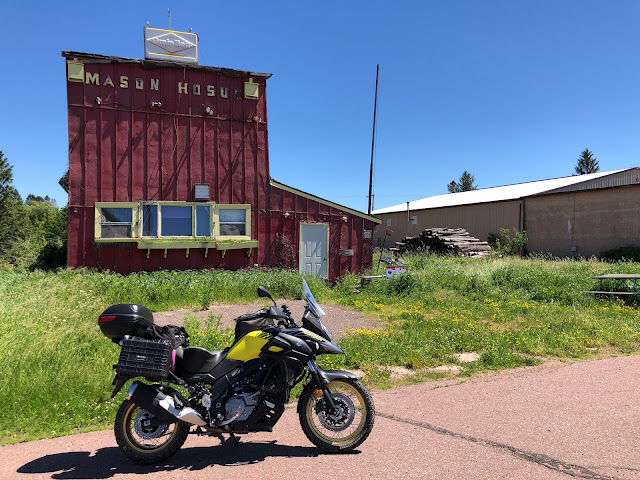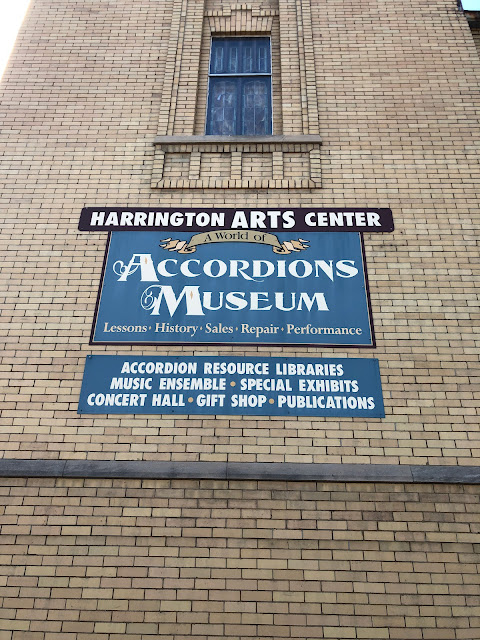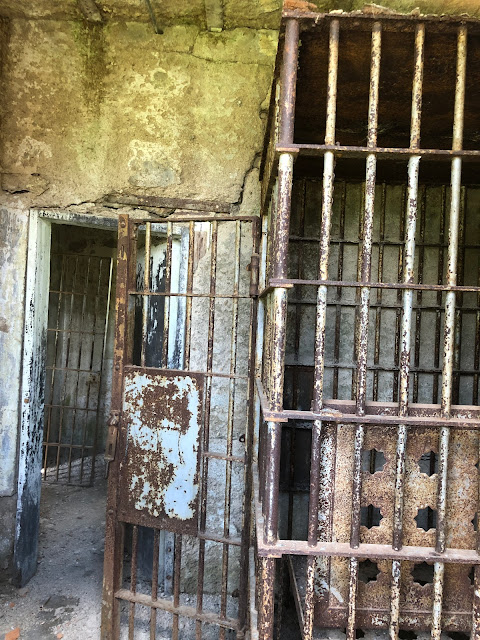Wednesday, I rode my motorcycle to Ortonville Minnesota in order to obtain a photo of Paul Bunyan’s boat anchor for a motorcycle Grand Tour I’m participating in. I’ve been riding in similar Grand Tours for about 20 years, and they give riders an opportunity to go places and see things they may not normally have thought to go to. This blog isn’t about the Grand Tour necessarily, but it is the reason I found other things featured in the blog that I think were interesting.

Cosmos Minnesota, where all the streets are given space-themed names, like planets, the names of astronauts, and constellations. The water tower is in a park at the intersection of Venus St. E and Gemini Ave, a block away from Milkyway St. N.

Correll Minnesota, founded in 1881. One of many small towns along the way. This apparently is, or was, a fire hall.
A mural painted on the side of what appeared to be an abandoned building just outside of Ortonville. I assure you, this is not at all representative of the skyline in Ortonville, and that’s not necessarily a bad thing.

THE reason I rode 200 miles to begin with: Paul Bunyan’s boat anchor. According to legend and lore, Paul enjoyed fishing, and he is credited with making quite a few of Minnesota’s lakes. Apparently, Paul really enjoyed fishing in nearby Big Stone Lake, Minnesota’s 10th largest lake, in part because of the size of fish here and also because it is here that he found a large enough stone to anchor his “mammoth boat”. This granite stone anchor was placed in its current location, on the property of the Big Stone County Museum, on the eve of Minnesota’s statehood centennial in 1958. After taking the photo, I went into the museum and chatted with Louise, a very nice person who grew up in Ortonville. She joked that there are some who don’t believe Paul Bunyan ever existed. I suggested that those people probably don’t believe in Santa, the Tooth Fairy, or the Great Pumpkin. We laughed. But I digress.

Ortonville is right on the border of South Dakota. I had just ridden 200 miles, so I certainly wasn’t going to pass up an opportunity to cross into another state when it was so close. Besides, it is at this very point where there is a dike and set of sluice gates at the south end of Big Stone Lake. This point is considered the Headwaters of the Minnesota River which flows 318 miles to the confluence with the Mississippi River near Fort Snelling.


After visiting the Minnesota River Headwaters, I rode a few blocks more into South Dakota to Douthitt Park. It’s claim to fame is that it is the lowest point in South Dakota, sitting at just 965’ above sea level. Some of you might recall that I visited the “Center of the Nation” last year, located in Belle Fourche SD. The exact location of the center of the nation is debatable, because there is another claim made that the actual center of the nation is in North Dakota. So, to be fair to my friend Gundy, who proudly hails from North Dakota, I will point out here that North Dakota’s lowest point is 750’ above sea level, well over 100’ lower than SD yet still a far cry from the lowest point in the U.S., California’s Death Valley, which is located 282’ BELOW sea level.

After a fine bag lunch prepared for me by my lovely bride, I set out to find an historic jail located in Odessa Minnesota. It is allegedly named after Odessa in the Ukraine. People in the neighborhood waved back when I waved as I rode down the dusty dirt streets.
This is one of the dilapidated buildings in the very small town which consists of a small Main Street and several dirt streets that lead through very quiet neighborhoods. On Main Street, there is a bar/restaurant called the White Pony. I pondered briefly if the proprietor at the White Pony answered the phone with, “It’s another beautiful day at the White Pony Cafe and continual soirée’” like Henry Standing Bear always answered the phone at the Red Pony Cafe in the Longmire series. Alas, the White Pony was not open during my visit, so perhaps we shall never know.

Ultimately, and thanks to the Google, I was able to find the old Odessa Village Jail, hidden away in a small park a couple dusty blocks off the main drag. Built in 1913, and finally condemned in 1945, this two cell jail served to house all “arrested persons” in Odessa, with the majority being inebriated or petty criminals. When the village’s town hall was demolished in 1937, this jail became the oldest building in town. Imagine, this jail was in operation at a time, in 1933, when Bonnie Parker and Clyde Barrow were ranging as far north as Minnesota, robbing banks, such as the one in Okebena Minnesota, and small stores along the way. I can find no historical information that Bonnie and Clyde came into Odessa, but it’s fascinating to me that this little non air-conditioned jail was functioning here during that period of our history.



I love photographing doors because they are portals in which countless people have walked through. Imagine the people, both good and bad, that walked in through, and later out through, this door.
Emblem riveted to the door way back in 1913.
The windows were/are protected by a layer of hardened bars and another layer of steel mesh.
Two courses of brick plus an inner wall of cement make the walls a lot of work to break into or out of.
The main door was chained and locked. I took this as a clue that someone did not want people to enter the actual jail. Having no intentions of seeing what the inside of the current Big Stone County Jail looks like, I took my photos by aligning the lens on my phone’s camera with a hole in the steel mesh and hoping for the best while also hoping I didn’t drop my phone into the cell through a gap in the brick. That could have presented a quandary for me…
The cell does not appear to lend itself to a good night’s sleep.
11,000 years ago, the last glacier to retreat across Minnesota created this valley in which the Minnesota River flows.
Facing east, and the 200 mile ride home.
Thanks for looking!
